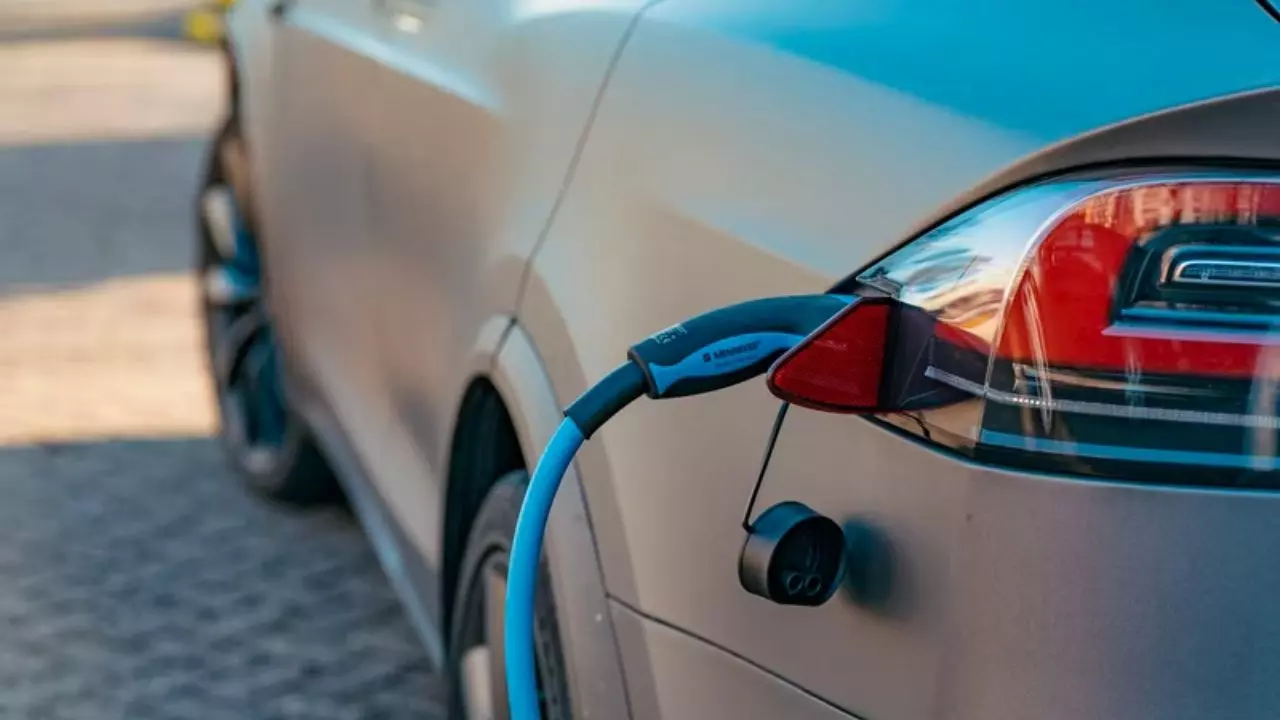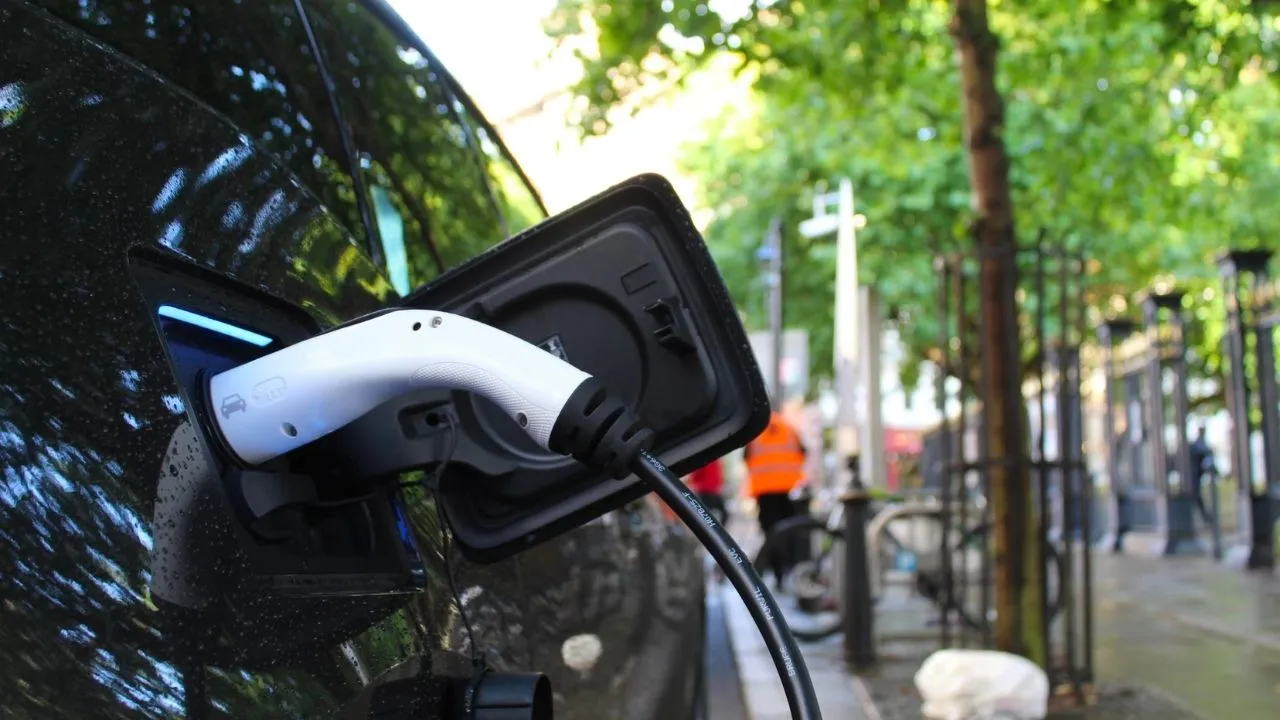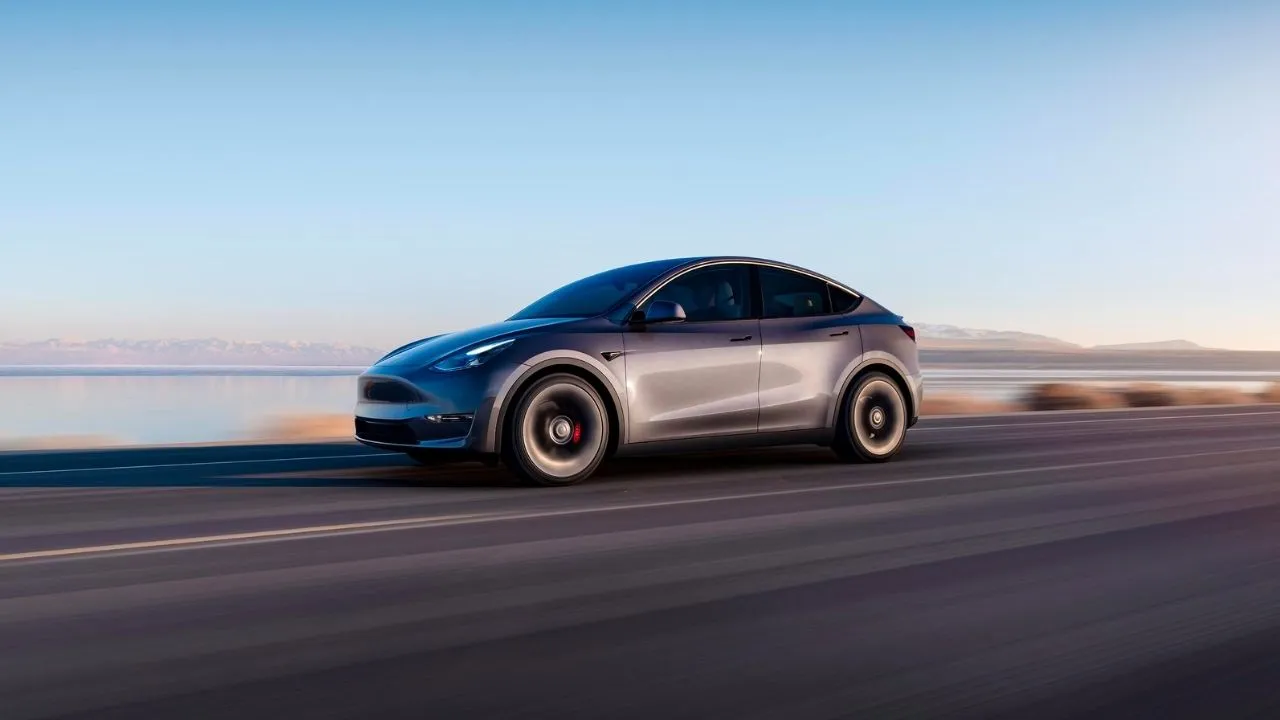Are you tired of your electric car’s limited range? Do you worry about the cost and hassle of replacing a damaged EV battery? The truth is, electric vehicle battery repair, refurbishment, and maintenance can help you save money, maximize your car’s performance, and extend its lifespan. In this ultimate guide, we’ll explore everything you need to know about EV battery repair, from fixing damaged cells and reconditioning old batteries to maintaining your car’s battery health and boosting its range. Whether you’re a seasoned electric car owner or considering buying your first EV, this guide is packed with practical tips and expert advice to help you get the most out of your electric vehicle. So, let’s dive into the world of EV battery maintenance and repair and discover how to unleash the full potential of your electric car!
Understanding the Basics of EV Battery Maintenance and Repair

Electric vehicle battery repair centers play a crucial role in extending the lifespan of discarded batteries, making them an effective solution in the top layers of the waste management hierarchy. These centers have a team of experienced high-voltage experts who are certified to work on lithium-ion batteries. The first mission of a repair center is to repair the failed battery so that it can be placed back in the vehicle, which is the most cost-effective and sustainable way of dealing with failed batteries.
If the battery cannot be repaired for continued use in vehicles, there are still options to keep it away from disposal. The repair center will either send it to a partner company for a second life in non-automotive applications or to a recycling company where the raw materials are reclaimed for manufacturing new EV batteries.
The battery reconditioning process includes three phases. The battery is first tested and diagnosed, then repaired or certain parts are replaced by a team of high-voltage specialists. If repair for the electric vehicle is not possible, the battery or module is sent to a partner for remanufacturing or recycling. The repaired battery will then find its way back to the electric vehicle.
Battery maintenance is necessary to extend the service life of an EV’s battery pack. EV batteries require next-to-no maintenance throughout their service life, but drivers can do a few things to extend the battery’s life, such as avoiding extreme temperatures, which can degrade the battery, and not relying on fast chargers all the time. Automakers factor this into the development of their EVs, fitting them with the necessary auxiliary cooling and heating systems to help keep the temperature of the battery at acceptable levels.
In conclusion, extending the life of lithium-ion batteries saves costs for the manufacturer and the importer of electric vehicles, and is good news for the environment, which helps many European companies meet their sustainability goals. Battery repair centers can have a supporting function for specialized battery repair, and it makes sense that car manufacturers themselves will also play a major role in the extension of battery life.
Can Your EV Battery Be Fixed? How to Diagnose and Repair Common Issues

Electric vehicle (EV) battery repair centres offer solutions in the top layers of the waste management hierarchy by repairing and extending the lifespan of batteries, reducing the need for replacements. If the battery cannot be repaired, it may be sent to a partner company for a second life in non-automotive applications, or to a recycling company where the raw materials are reclaimed to manufacture new EV batteries. Battery repair centres test, diagnose and repair the battery or replace certain parts of the pack, which are typically modules, and then return the battery to the EV. Extreme temperatures, both hot and cold, are detrimental to batteries, and drivers should avoid using fast chargers all the time, as it degrades the battery pack more quickly than slower chargers.
When a lithium-ion battery arrives at the repair centre, it goes through a process consisting of testing and diagnosis, repair, and return. Batteries are tested and checked for damage during the first phase, which determines the next steps. A team of high-voltage specialists then repairs the battery or replaces certain parts of the pack, such as modules. If repair for the electric vehicle is not possible, the battery or module is sent to a partner for remanufacturing or recycling. BatteriRetur, Norway’s main battery collector, is one of the first companies to take the initiative to build a highly specialized battery repair centre. BatteriRetur already has a lot of the know-how and expertise to handle batteries and has the collaboration of several car manufacturers and importers.
The extension of battery life is beneficial to many players involved in the battery game, including the manufacturer and importer of electric vehicles, as batteries are expensive parts of the EV and are often covered by the manufacturer’s warranty. Furthermore, the extended sustainability of batteries is good news for the environment, as the longer they remain in circulation, the longer they stay out of the bottom layer of the waste management hierarchy.
While EV batteries require little maintenance throughout their service life, there are a few things drivers can do to extend the battery pack’s service life. Extreme temperatures (hot and cold) are detrimental to batteries, and drivers should avoid fast chargers as they degrade the battery pack more quickly than slower chargers. Automakers fit their EVs with the necessary auxiliary cooling and heating systems to help keep the battery temperature at acceptable levels.
Refurbishing Your EV Battery: Is It Worth It and How to Do It?

Electric vehicles (EVs) have been gaining in popularity in recent years due to their eco-friendliness and low maintenance costs. One question that often comes up is whether it’s worth refurbishing an EV battery that is no longer performing at peak levels, and how to do it.
EV batteries have the potential for reuse in stationary energy storage markets that require less frequent cycling. Recycling can also be an option to recover valuable metals such as cobalt and nickel. Lithium-ion batteries, the most popular type of battery used in EVs, have a lifespan of around 10 years but can degrade significantly during the first five years of operation.
Battery degradation occurs due to a phenomenon called “calendar aging,” which is a baseline of decline over time. Other types of battery performance loss are tied to use and exposure. There are four main types of EV batteries in use today: lithium-ion, lead-acid, nickel-metal hydride, and ultracapacitors. Newer battery technologies are under development, including ultra-fast carbon electric batteries, solid-state batteries, and zinc-ion batteries.
There are several reasons why EV batteries may need replacement, including warranty coverage, newer battery technology, and damage sustained in an accident. However, battery replacement can be expensive and not always possible depending on the EV make and model.
If you’re considering refurbishing an EV battery, it’s essential to understand the process and cost involved. It’s not always easy, and not all EV models support battery refurbishing. Still, if your battery has a reasonable remaining lifespan and can be refurbished, it can be more cost-effective than purchasing a new battery. The process involves removing the old cells, replacing them with new ones, and recalibrating the battery management system.
In conclusion, EV battery maintenance and repair are essential for maintaining the longevity and performance of an EV. Whether it’s worth refurbishing an EV battery ultimately depends on factors such as the remaining lifespan, the cost of refurbishing, and the availability of the required parts. With the proper maintenance and care, EV batteries can provide many years of reliable service, making them a cost-effective and eco-friendly alternative to traditional gas-powered vehicles.
How to Recondition Old EV Batteries to Extend Their Lifespan

Electric vehicles (EVs) have become an increasingly popular mode of transport due to their positive impact on the environment. EV batteries power the vehicle directly and use a pack consisting of 2,000 plus individual lithium-ion cells. EV batteries are more reliable and have a much longer lifespan compared to the heavy lead-acid batteries in conventional combustion engine cars. However, like all batteries, they will eventually lose their ability to hold a charge over time. So, can EV batteries be fixed or reconditioned?
When an EV battery loses its capacity to power a vehicle over distance, its ‘second life’ revs into action. The battery still has usable life in it and can be used as a static battery energy storage system. The residual life in the viable battery can help people save on bills and increase their use of clean energy.
If the battery’s performance drops to 70% or less, it can be reconditioned to restore its capacity to hold a charge. This process is known as EV battery reconditioning or refurbishment. EV battery reconditioning is a cost-effective way to extend the lifespan of your battery and save money in the long run.
To recondition an EV battery, first, it must be tested to determine the cells that are damaged and need replacing. Once the damaged cells are replaced, the battery must be reassembled and charged fully. Afterward, it is discharged until it is nearly dead, then charged again. This process must be repeated several times to ensure that the battery can hold its charge effectively.
EV battery maintenance and repair is essential to increase the lifespan of the battery. A battery management system (BMS) preserves battery efficiency and life. BMS allows the cells to be gently topped up, preventing the battery from overcharging or discharging. It is essential to keep the battery charged and discharged regularly. If the battery is not used regularly, it can lead to its degradation.
In conclusion, EV battery reconditioning is an effective way to extend the lifespan of your battery and save money in the long run. It is essential to maintain and repair the battery regularly, keeping the battery charged and discharged, and ensuring that it is topped up gently. With proper care and maintenance, an EV battery can have a second life beyond 100,000 to 200,000+ miles on the road.
Restoring EV Battery Performance: Tips and Tricks to Boost Your Car’s Range

EV battery maintenance and repair is a crucial aspects of owning an electric vehicle. Although EVs have come a long way in terms of range, it’s still essential to take care of your battery to maximize its lifespan and maintain its performance. Here are some tips and tricks that can help you boost your car’s range and restore your EV battery’s performance.
- Drive smarter, not harder: One of the most significant factors that affect EV range is driving behavior. Aggressive driving can drain your battery faster, reducing your car’s range. To conserve energy, drive with a light foot and accelerate slowly from a stop. Keep your speed under 60 mph whenever possible and use your car’s regenerative braking function to recover energy as you come to a stop. By doing so, you’ll use 14% less energy by reducing your speed by 10 mph, according to the Department of Energy.
- Manage your climate control: Running an EV’s heater or air conditioning consumes a lot of battery power. In the winter, dial down the climate control and rely on heated seats and steering wheel (if available) to keep warm. Pre-heat your car while it’s plugged in to use less energy while driving. In the summer, run only the fan and avoid using the compressor whenever possible. Pre-cool your car while it’s charging to help reduce the need to run the AC once you hit the road.
- Maintain proper tire pressure: Proper tire pressure is crucial for EV range and efficiency. Improperly inflated tires can increase energy consumption and lead to uneven or premature tread wear. Check the air pressure frequently using a simple tire gauge and have the tires properly inflated according to the PSI recommended by the automaker. This information is usually noted on a sticker that’s affixed to the driver’s-side door frame.
- Reduce unnecessary weight: Reducing weight is an easy way to improve EV efficiency. Get rid of any extra cargo in the trunk, as carrying an additional 100 pounds can increase energy consumption by 1-2%. Avoid installing exterior accessories like roof racks and cargo carriers that create aerodynamic drag and cause added energy consumption at higher speeds.
- Plan your route: Choosing the right route can help maximize your car’s range. Avoid heavy traffic areas and steep grades whenever possible. If your EV has a navigation system that can suggest energy-efficient routes, be sure to use it.
- Optimize charging: Optimizing your charging can help you recover a few extra miles of range and maintain your battery’s long-term health. Timing your charge so that the battery pack is at full strength just before you hit the road can help. Also, try to avoid keeping your car plugged into its charger whenever it’s in the garage. Most EV batteries will slowly self-discharge when they’ve finished charging.
Conclusion
In conclusion, maintaining and repairing your EV battery is crucial for maximizing your car’s range and avoiding range anxiety. From reducing your speed and avoiding heavy cargo to keeping your tires properly inflated and timing your charging, there are many simple tips and tricks you can employ to keep your EV battery in top shape. By following these practices, not only can you extend the life of your battery, but you can also save money and do your part for the environment by reducing your carbon footprint. So, make sure to prioritize EV battery maintenance and repair to get the most out of your electric vehicle.
